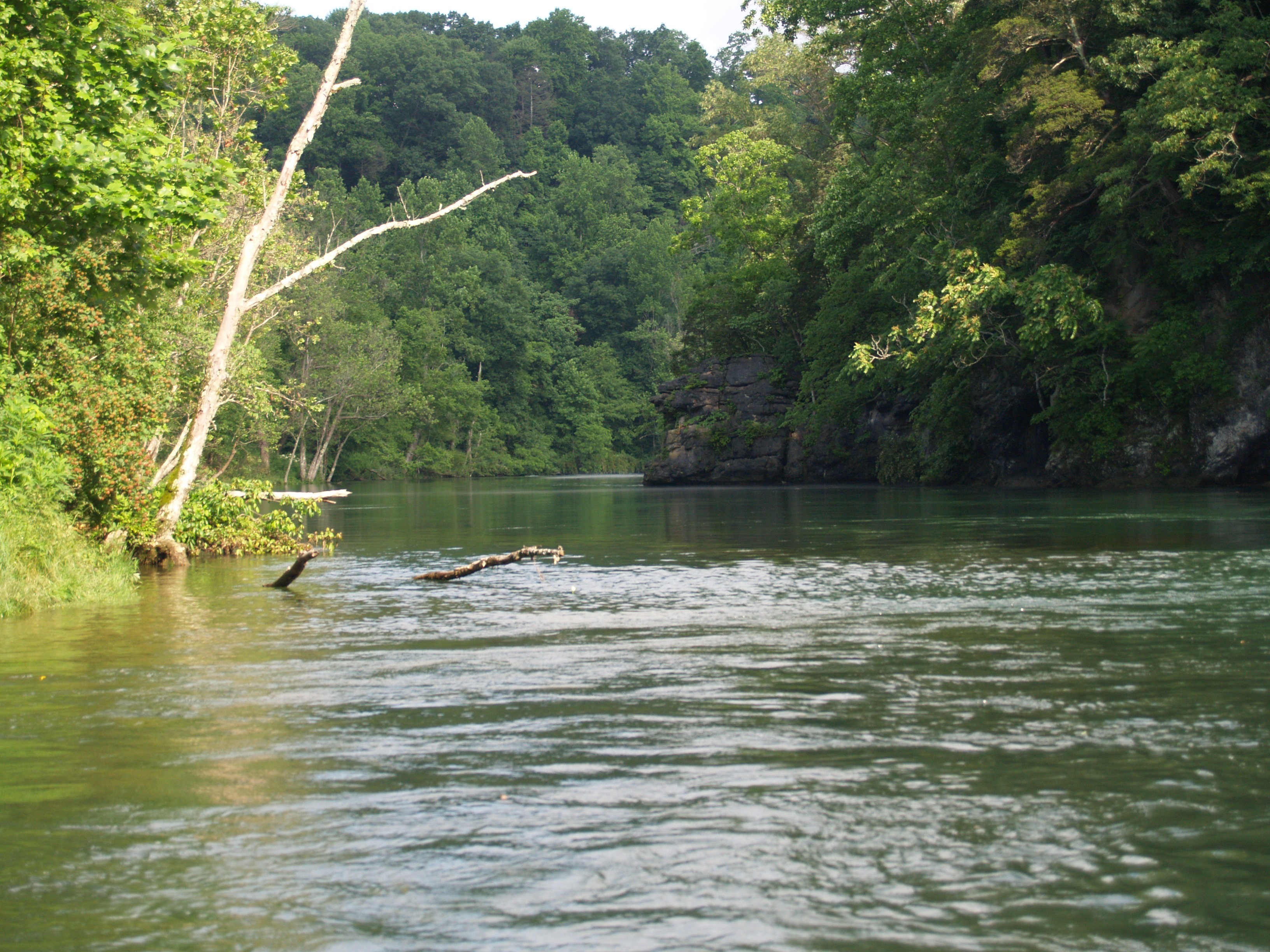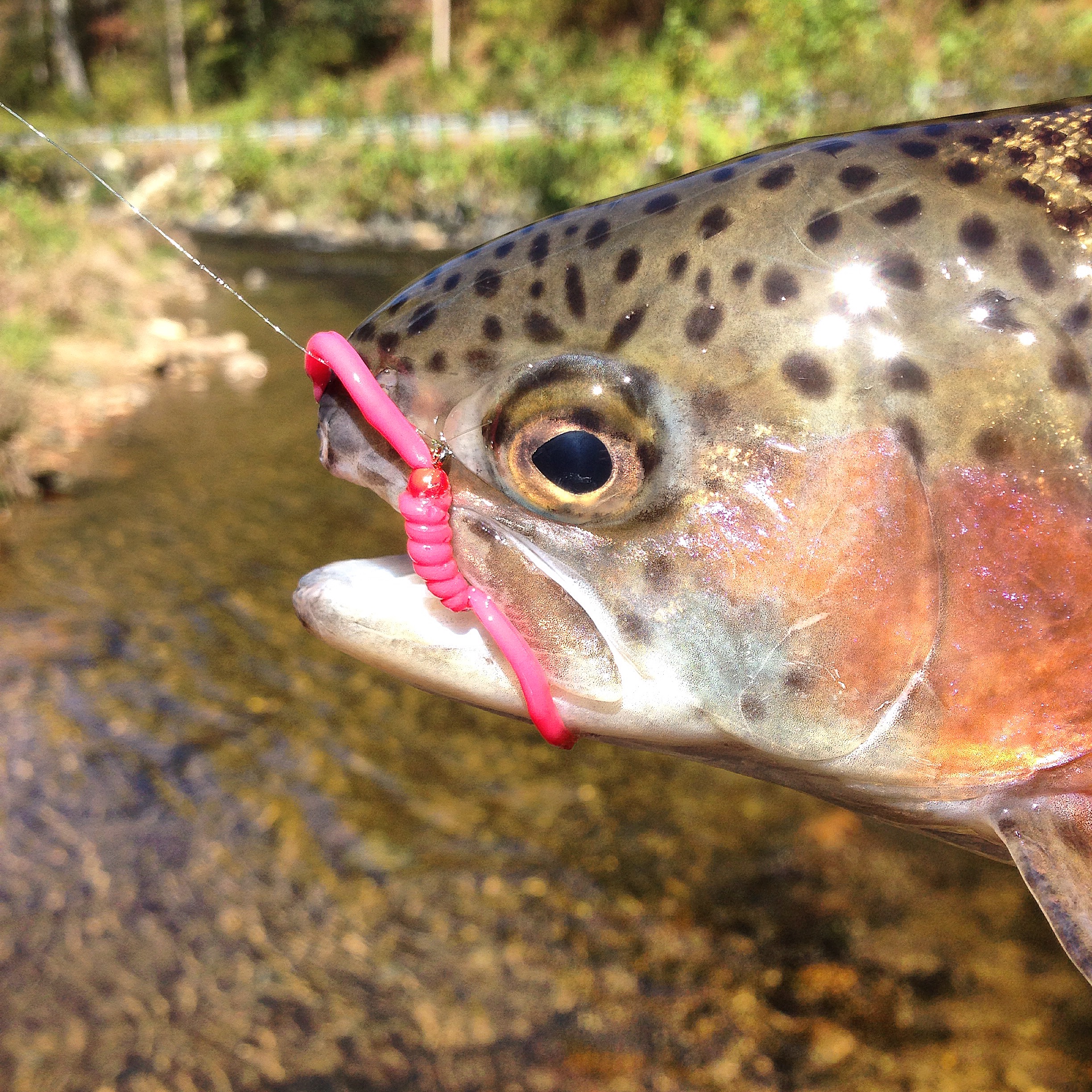Watauga River Description

The Watauga River tailwater flows from Wilbur Reservoir near Siam TN to Boone Lake near Johnson City. The majority of the water that feeds the Watauga is held in Watauga Lake, but just below Watauga Dam is a second smaller lake called Wilbur. Make sure when you check TVA river flows you look at Wilbur Reservoir not Watauga. The river is approximately 17 miles long from Wilbur Dam to Boone Lake and flows through many different sections and townships. Travel time from Asheville, NC is approximately 1 hour
Sections:
The Upper Section – runs from the Dam to Hunter Bridge. The first half of the river is mostly on private land and is very gorge like. Huge limestone cliffs dominate the sides of the river until the river gets down to Siam. From Siam to Hunter the river is mostly large shallow riffles with deep slow pools between them. The bug life up here is mostly midges, small mayflies, and scuds. Midges hatch year round and BWOs hatch most commonly from Oct-April. This section is the most likely to stay clear if we see big rains. The upper has the highest fish numbers on the whole river.
The Middle Section – runs from Hunter Bridge to the TWRA access at Blevins Rd. The first half of this stretch has many shallow riffles and smaller runs. Once you pass through Elizabethton the river narrows and gets deeper. There are many big ledges separating slow deep pools and even one small waterfall that must be navigated by boat operators. Bugs here are larger than the upper, but many midges are still found along with bwos, sulphurs, caddis, and craneflies. As you move through the middle fish numbers decrease slightly, but average size goes up.
The Trophy Section – runs from Blevins rd to Persinger Bridge in the town of Watauga, TN. This is the stretch of river that receives the most angling pressure, but it has the largest concentration of big fish. Special regulations forbid the use of bait or scented artificial and anglers can only keep two fish per day of at least 14” in length. This allows many more fish to grow to larger sizes. Insects here are midges, bwos, sulphurs, many different caddis, craneflies, and assorted other mayflies. There is no public wade access except at the beginning and end of this stretch.
The Lower Section – runs from Persinger Bridge into Boone Lake. The most popular take out is at the River Stone Campground and your shuttle driver can arrange for you to use that access. It does require an extra fee. This stretch has some of the coolest riffles on the river and several long flats that are great for picking off feeding fish on dries. Bugs here are the same as the trophy section.
Generation/Water Flow:
The Watauga River flow changes dramatically due to releases from Wilbur Dam. From Memorial Day to Labor Day the TVA has a recreational flow schedule they follow. Basically Monday-Saturday there will be no water until noon or so and then they will generate power and release water for rafters. The TVA usually does not release water on Sundays during the summer. The rest of the year the TVA can generate power whenever they want. Check Wilbur Dam for projected releases and always be ready to get out quickly if an unplanned release occurs. The river is not really wadeable during a water release and you should plan to float it.
Shuttle Services:
Tracy Haynes – 423-342-8145
Gear Recommendations:
- Waders- because the water is cold
- Felt Bottom Boots or Rubber with Studs the rocks are very slick (No Studs in Boats)
- Wading Staff
- 9’ and 10’ 4 and 5 weight rods
- 3x-6x tippet. Fluor when nymphing Mono for dries
Popular Flies:
- Zebra Midges of all sorts, sizes, and colors
- Pheasant tail nymphs
- San Juan Worms
- CDC comparadun baetis and Sulphur
- Elk Hair Caddis
- Beetles and Flying Ants
- Wooly Buggers
- Tiny Parachute Adams
- Eggs
Call Brown Trout Fly Fishing LLC to Book your Trip 803-431-9437
